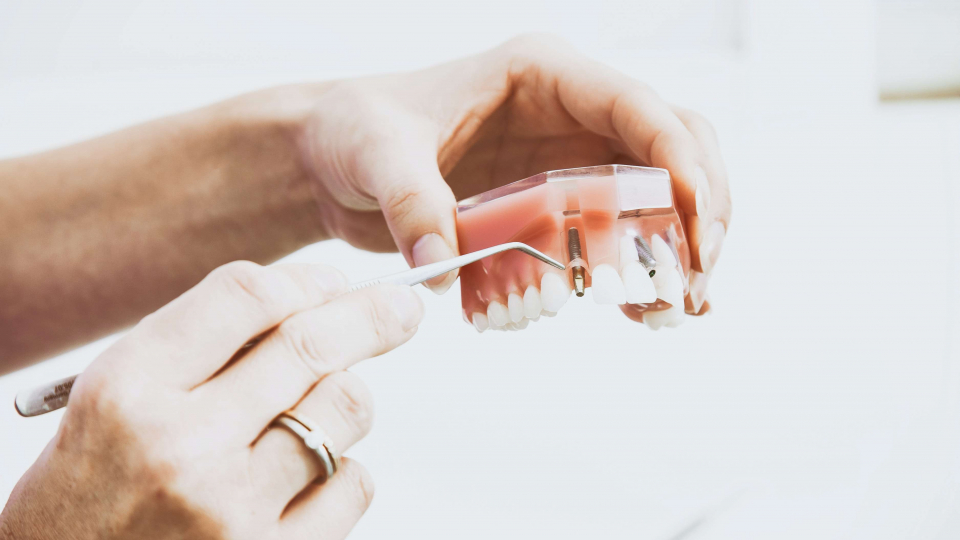Ceramic implants have gained popularity among dentists and patients due to their natural color and aesthetic results.
Recently, studies have shown the many benefits that prosthetic rehabilitation using ceramic or zirconia implants offers.
However, traditional titanium is still the standard option when it comes to tooth replacement with dental implants.
Similar yet not the same, it is essential to comprehend the difference between both materials and their indications. Thereby, in this article, we will discuss the difference between zirconia and titanium implants.
Is ceramic better than metal?
In some aspects, yes. However, this doesn’t mean one material is better than the other. Both titanium and zirconia excel at different aspects, making them great alternatives depending on the case. Therefore, they are just different.
Differences between titanium and zirconia dental implants
We can separate their differences into distinct aspects such as color, design, osseointegration and, biocompatibility.
Color
The first and most notable difference lies in the color. Titanium implants are gray-colored while zirconia is white. This might seem meaningless because the implant is screwed inside the bone. However, it is something to take into consideration if you want to replace an anterior tooth, and your gums are thin and translucent. Zirconia will give you better aesthetic results while titanium could pigment your gums.
Biocompatibility
Although titanium implants have a low rejection rate, it is still possible due to the other metals present in the alloy.
Zirconia loses its metallic properties throughout the oxidation process and becomes ceramic, usually referred to as metal-free. This quality makes it slightly more biocompatible than its titanium counterpart.
Osseointegration
Both zirconia and titanium implants share good osseointegration. However, studies have shown that ceramic implants are better regarding this aspect.
Components and designs
Another crucial difference between ceramic and metal is the variety of designs.
Zirconia implant design selection is very limited. Although there are already some two-piece screw-retained abutments out in the market, they come primarily in a one-piece presentation. This limits the range of cases where they are a viable option.
Titanium implants, instead, have a larger variety of models. This allows for a wider diversity of clinical situations where they are perfectly fit.
While zirconia implants are primarily used to treat less complex cases, titanium can be employed in more complex scenarios. Their two-piece system allows for rehabilitation in cases where the implant positioning can’t be optimal due to different aspects, such as bone density.
Due to the one single-piece design of most zirconia implants, the crowns need to be cemented with a bonding material. Crowns over titanium dental implants can be screw-retained, which permits a safer crown removal and abutment access if any posterior adjustment needs to be done.
Both ceramic and metal have excellent properties and are capable of achieving optimal results. Although you might want to get a zirconia implant for a more holistic approach, the material selections should be done taking into consideration the complexity of the case and the desired results.
Article originally published at yournewteethnow.com.

